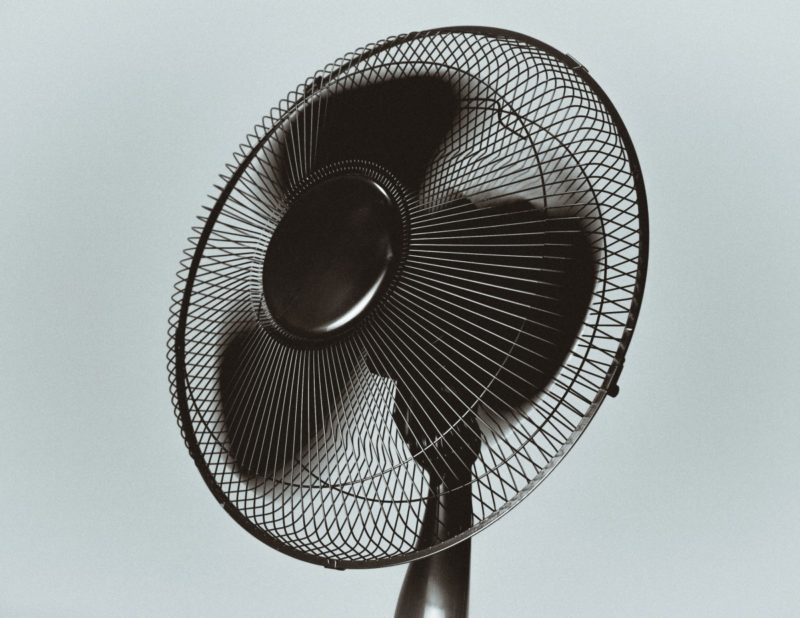Do you want to know what is a parabolic heater? Don’t worry, and you have arrived at the right place. The form of a parabolic heater gives it its namesake.
The heater’s reflecting panel is curved like a parabola, distinguishing it from other conventional space heaters. Its deflection panel, which may distribute heat in several orientations, is the distinctive feature of a parabolic heater.
The effectiveness of parabolic heaters is among the reasons they are becoming more prominent. Parabolic heaters have a level of significance of 85%, converting 85% of the energy used directly into warmth, squandering less energy than conventional heaters. A parabolic heater seems like a little round fan upon the first view. It was one of the numerous electric heating methods available for interior settings. A parabolic heater is ideal for swiftly heating small rooms or supplementing central heating. Continue to reading to learn more.
The Apprentice, Purpose, And Energy Of Parabolic Heater
So, what is a parabolic heater? The parabolic heater is made up of dish-shaped cones supported by a pedestal. The cage of metal wire strands surrounds its deflector shield. The heater can spin sideways, down and up, or pulsate, depending on the nature. A parabolic heater seems like a little round fan upon the first view. It was one of the numerous electric heating methods available for interior settings. The parabolic heater is ideal for fast warming a small room.
Its deflector’s radiant heat creates immediate warmth that travels across the room. The heater’s round form allows it to use less energy than conventional electric space heaters. The parabolic shape converts approximately 85% of electric power into radiant heat.
How Does Parabolic Heater Works?
A deflection plate, which may distribute heat at several angles, is the distinctive feature of a parabolic heater. It benefits traditional space heaters, which only emit warmth in one way. The effectiveness of parabolic heaters is one of the reasons they are becoming more prominent.
Compared to other evacuation tube networks with about the same solar-energy collection area, the fluid flow in a concentration device can reach greater temperatures. As a result, more incredible thermodynamics performance can be attained. So because the warmth –failure area is tiny compared to the reception size. Reflective surfaces use fewer materials and have a more straightforward structure than other collectors. As a result, the price per unit size of the sun gathering area for focusing collectors is lower than for other collections.
Tall, curved mirrors concentrate solar radiation into an absorber tube in parabolic trough collection. During the day, the reflectors track the sun on a single straight axis spanning southward. A heat-absorbing substance runs through the pipe, situated just above the glass in the center along the focus axis. A Collector is usually made up of a single bent glassware mirror with a silver (and) aluminum coating on the reverse side. Its glass is around 5mm thick and weak in metal, maximizing the new sunshine reflected.
Parabolic through catchers are a minimal method of implementing concentrated solar electricity. This directs incident sunlight into a tube containing a heat exchanger. Architectural rigidity, material selection, assembling tolerances, mirror purity, and wear all impact the cost and efficiency of parabolic through collector systems. Most parabolic heaters have a necessary function that turns off the heat if the gadget tips or falls over. That safety element is critical since electric space heaters are the leading cause of residential heating deaths.
Such parabolic heaters didn’t warm your room whatsoever; different wavelengths (4-10 microns) are feasible. Still, they are more concerned with human beings, causing heat to be generated in adjacent cement, parquet floors, humans, and many other substances, along with many minerals. The working scenario of the parabolic heater helps you understand what a parabolic heater is.
Are Parabolic Heaters Best?
Based on energy savings, a parabolic heater outperforms an electric heater. Unlike electric heaters, which only use approximately 80 percent of the heat generated, these heating devices utilize 100percent of the heat generated. Parabolic Infrared heaters are also available with various power sources, including gas, propane, and electric power. The sensation of infrared thermal radiation is comparable to being warmed up by the sun.
People often pick an infrared heater because of the soothing sense of radiant heat. Radiant heating is quiet, cost-effective, and, most significantly, consistent. It’s also a good choice if you’re seeking a non-allergic source of heat because it doesn’t circulate dust or allergies. Parabolic heaters are generally acceptable to leave at night. They aren’t finicky, and every contemporary heater worthy of the name includes safety shut-off controls if it overheats or slides over. Even so, if you’re keeping one on that while you’re sleeping or out, you ought to be cautious. Here are the 10 best parabolic heaters in the market!
It’s A Wrap!
We are happy to know that you have learned what is a parabolic heater. These heaters are usually for small places, like a single room or small office. These heaters are low cost, safe electricity and you can maintain them easily. Parabolic heaters are also more typical in price than other space heaters. Thank you, friends, for sticking with us.
Click on these links to read related articles; know what is the best indoor propane heater and how safe is a kerosene heater indoors.

